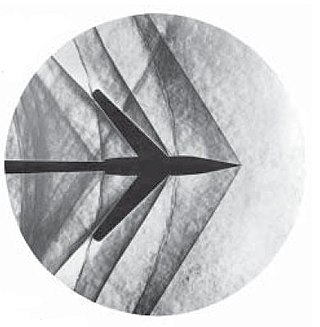Top Qs
Timeline
Chat
Perspective
Petrovsky lacuna
From Wikipedia, the free encyclopedia
Remove ads
In mathematics, a Petrovsky lacuna, named for the Russian mathematician I. G. Petrovsky, is a region where the fundamental solution of a linear hyperbolic partial differential equation vanishes. They were studied by Petrovsky (1945) who found topological conditions for their existence.

Petrovsky's work was generalized and updated by Atiyah, Bott, and Gårding (1970, 1973).
Remove ads
References
- Atiyah, Michael Francis (1966–1968), "Hyperbolic differential equations and algebraic geometry (after Petrowsky)", Séminaire Bourbaki, Vol. 10, Paris: Société Mathématique de France, pp. 87–99, MR 1610456, Zbl 0201.12501.
- Atiyah, Michael Francis; Bott, Raoul; Gårding, Lars (1970), "Lacunas for hyperbolic differential operators with constant coefficients. I", Acta Mathematica, 124: 109–189, doi:10.1007/BF02394570, MR 0470499, Zbl 0191.11203.
- Atiyah, Michael Francis; Bott, Raoul; Gårding, Lars (1973), "Lacunas for hyperbolic differential operators with constant coefficients. II", Acta Mathematica, 131: 145–206, doi:10.1007/BF02392039, MR 0470500, Zbl 0266.35045.
- Petrovsky, I.G. (1945), "On the diffusion of waves and the lacunas for hyperbolic equations", Recueil Mathématique (Matematicheskii Sbornik), 17 (59) (3): 289–368, MR 0016861, Zbl 0061.21309.
Remove ads
Wikiwand - on
Seamless Wikipedia browsing. On steroids.
Remove ads
